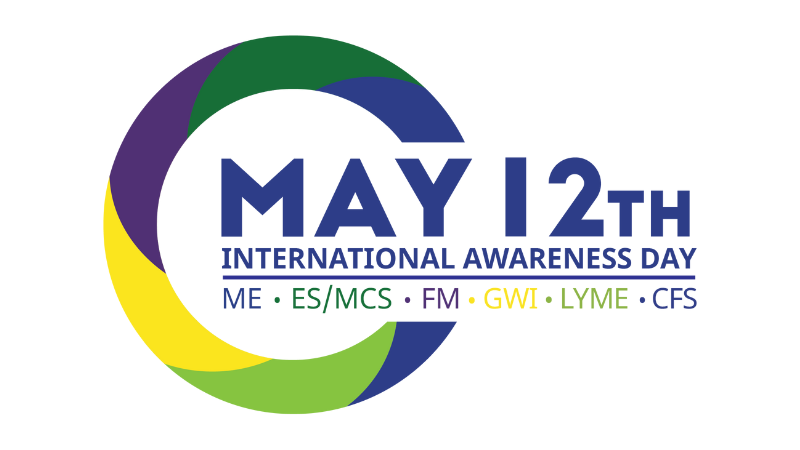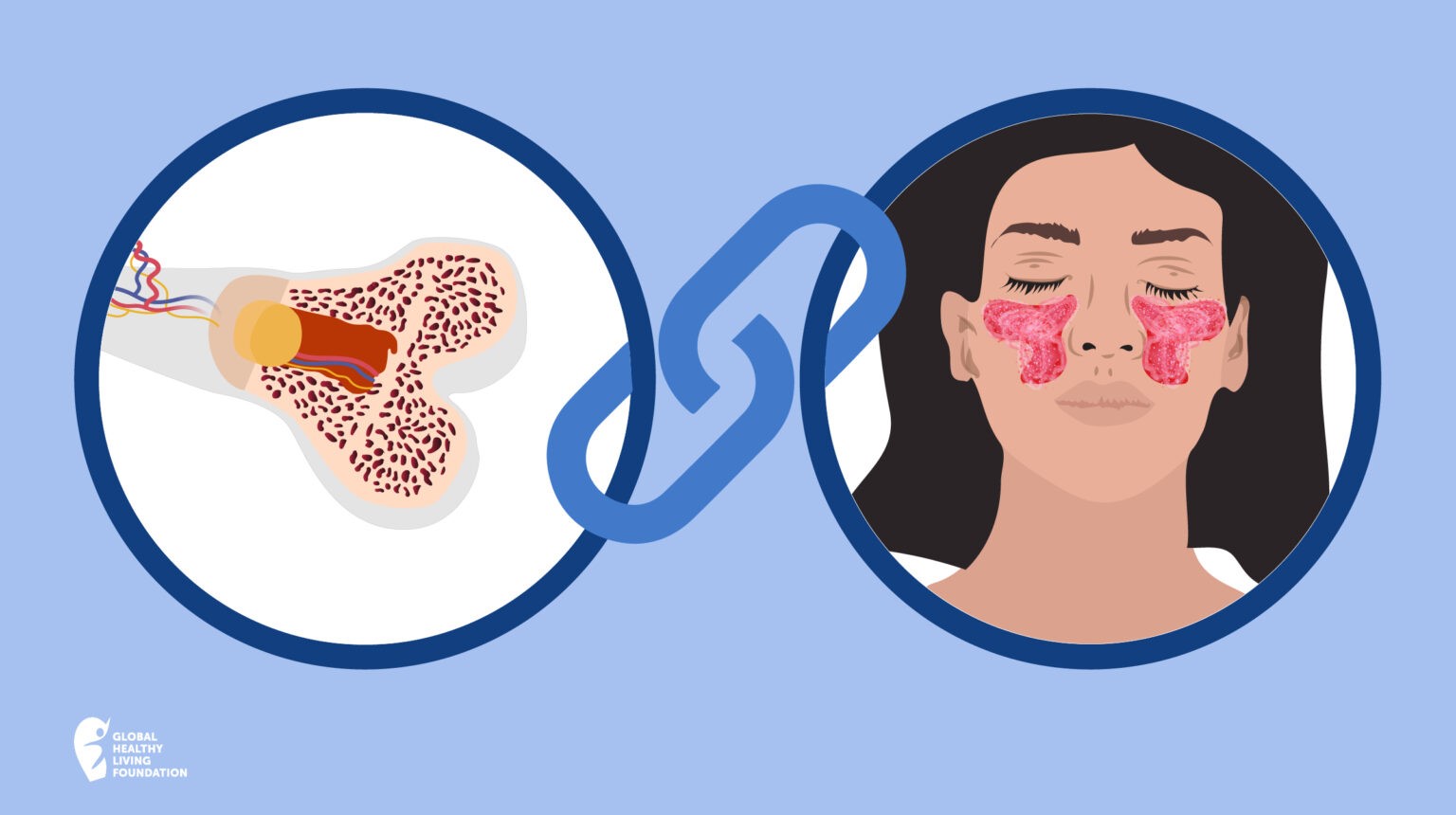

The Australian Federal Government announced recently that, from 1 December, 2020, the medication ixekizumab (Taltz®) will be available through the Pharmaceutical Benefits Scheme (PBS) for those active ankylosing spondylitis (AS) .
What is Ankylosing Spondylitis?
Ankylosing spondylitis (also known as radiographic axial spondyloarthritis) is a form of autoimmune arthritis that affects around 1 to 2 per cent of adults. It usually develops between the ages of 15 and 45, however, patients often comment that they have had symptoms for years before receiving a correct diagnosis. AS used to be thought to affect mainly males, but more recent research has since shown that it affects males and females roughly equally.
Autoimmune conditions occur when the immune system is triggered into overaction and starts to treat parts of the body as foreign objects that it needs to fight in much the same way that it would a virus or infection. In autoimmune arthritis, the immune system can attack multiple joints and organs throughout the body, so treating the condition effectively needs to involve treating the immune system. Other autoimmune conditions include multiple sclerosis, psoriasis and type 1 diabetes.
AS predominantly affects the axial skeleton (the spine, hips and the sacroiliac joints – the joints on either side of the lower spine that connect it to the pelvic bone). Symptoms can vary from being very mild or even undetectable to quite severe. For many people, symptoms will fluctuate somewhere between the two extremes that last for variable periods from hours to months.
If AS is not diagnosed early or is left untreated or undertreated, the ongoing inflammation around the affected joints can cause bone deterioration, and as the immune system tries to heal it, new bone is rebuilt at this joint. The new bony tissue can grow where the ligaments attach to the joint. This can lead to permanent stiffness and, in extreme cases, the fusion of the affected joints which will limit range of motion and can cause severe pain and a hunched or stooping spine.
Currently, there is no cure, but medications can reduce pain and stiffness and prevent long-term joint damage.
What is Ixekizumab ?
Ixekizumab belongs to a group of medicines called interleukin (IL) inhibitors — a subclassification of biologic DMARDs. It works by neutralising the activity of the protein called IL-17A, which contributes to inflammation in ankylosing spondylitis.
Ixekizumab is given as an injection under the skin using either an autoinjector pen or syringe once every four weeks.
What Does This Mean for Australians With Ankylosing Spondylitis?
Most of the other biologic DMARDs available in Australia for people with AS target a different part of the immune system called tumor necrosis factor (TNF).
As each type of AS medication affects the immune system in different ways and we all respond to medications differently, it is possible that the available forms don’t work (or don’t work sufficiently) for some people with ankylosing spondylitis. Having ixekizumab available through the PBS gives doctors and patients a new option to try.
Patients will only pay the subsidised cost of up to $41 per script (or $6.60 with an approved concession card). Without the PBS subsidy, up to 8,000 patients would pay more than $22,000 per year for this treatment.
This information should never replace the information and advice from your treating doctors. It is meant to inform the discussion that you have with healthcare professionals, as well as others who play a role in your care and wellbeing.
CreakyJoints Australia encourages everyone with inflammatory arthritis to talk to a rheumatologist about finding the right treatment plan for you. These diseases can still cause underlying damage to your joints, bones and certain organs even if some symptoms improve. Conventional prescription medications are often at the core of treatment due to the strong evidence supporting their success.
Further Resources
- NPS Medicinewise: Taltz Brand Information
Keep Reading
- A Patient’s Guide to Living with Axial Spondyloarthritis in Australia (including ankylosing spondylitis and non-radiographic axial spondyloarthritis)
- Arthritis Treatments
- Government Pensions, Benefits and Services for People with Chronic Health Issues
- Giving Yourself Biologic Injections: 23 Practical Tips to Try
- Exercise Is Critical for My Arthritis Pain. When COVID-19 Messed Up My Regimen, Here’s How I Fixed It




